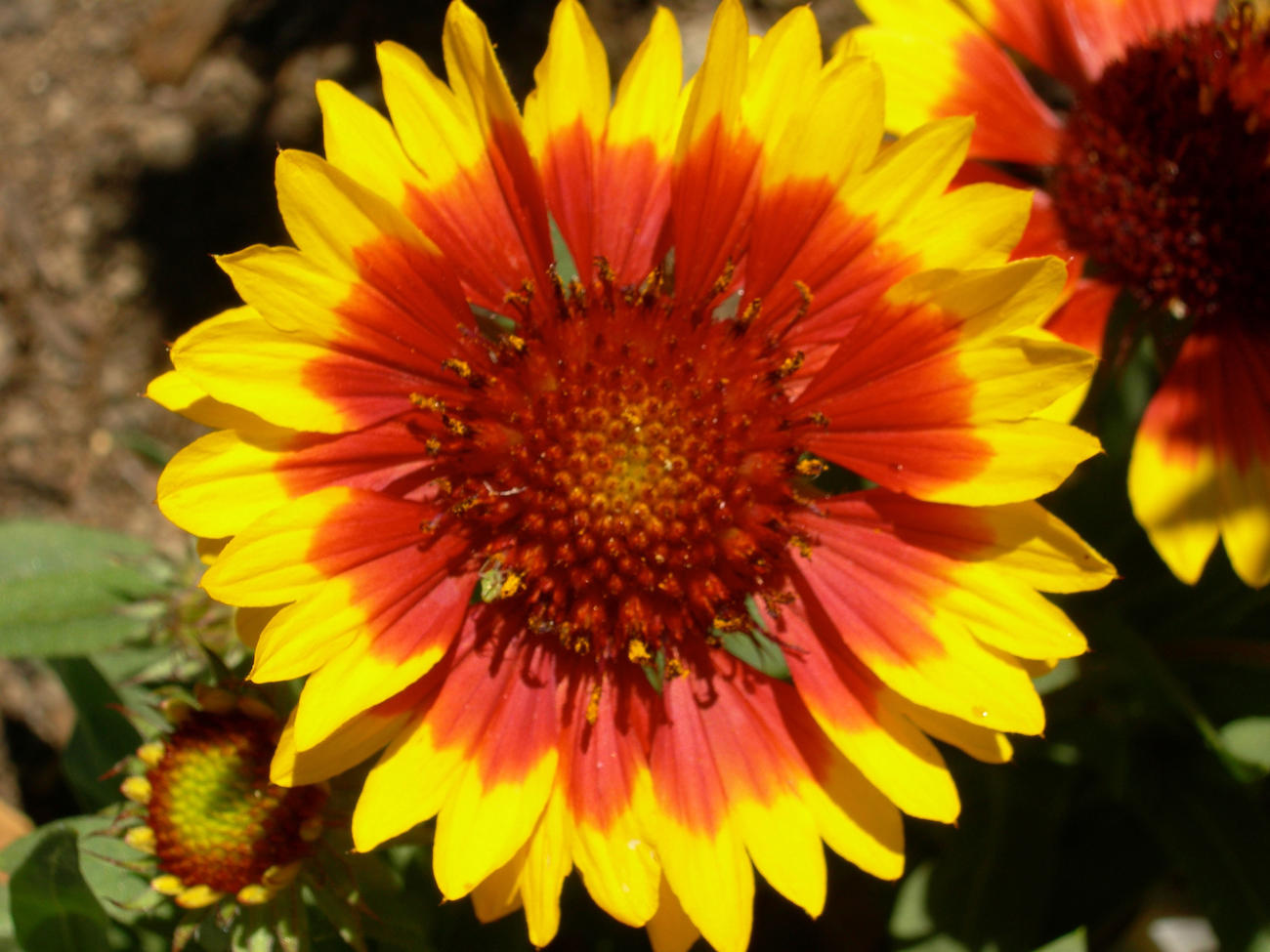
Flowers for Alcatraz

I’m walking with Carola Ashford past a bank of fuchsias so extravagantly purple and red, they stun the eye. “The funny thing is,” she says, “my college major was criminology.”
Ashford does not study crime now. She is a landscape architect who restores historical gardens. But her college career overlaps with this particular garden, belonging as it does to the most famous prison in the world, Alcatraz.
Maybe, like me, you were not aware that Alcatraz had gardens. Every year 1.3 million of us visit the Rock. But mostly we go to savor a safe dose of mayhem. We want the illicit thrills you get from stories of Al Capone and hidden shivs and hard time done a long time ago.
Alcatraz has a gentler history, though, and that is what Ashford is trying to recover. In the beginning, the Rock was a rock, bleakly barren. But the human urge to improve any patch of ground is strong. As soon as dirt was barged in for Army gun emplacements in the late 1800s, plants were grown on the island. For a century more, through the island’s career as a military prison and its more infamous incarnation as a federal penitentiary, gardens bloomed on Alcatraz clifftops and beneath the glowering concrete walls.
Gardening stopped in the 1960s, when the penitentiary closed. Even after Alcatraz became part of Golden Gate National Parks, the gardens were abandoned to ivy and blackberry. In 2003, the nonprofit Garden Conservancy, working with the National Park Service and the Golden Gate National Parks Conservancy, decided to bring Alcatraz back into flower.
“The first time I visited,” Ashford tells me, “I looked at all the ivy and thought, I can’t do this.” But she and her team scoured historical records and interviewed members of the Alcatraz Alumni Association ― officers and their families ― to discover what the gardens had looked like in their prime. Volunteers removed debris. “Once we cleared out the overgrowth,” Ashford says, “bulbs started coming out. They had been hidden 40 years. But when they saw the light of day, they bloomed.”
Stories bloomed too. Any good garden requires an obsessive gardener. Alcatraz had these. One was Freddie Reichel, who worked as secretary to the warden in the 1940s. At first, Ashford explains, Reichel regarded the gardens as a burden. Then he took up the challenge of finding plants that would survive Alcatraz’s fog and wind. He corresponded with garden experts and, following their suggestions, planted bush poppies, succulents, and blue-flowered pride of Madeira. Says Ashford, “He ended up a fervent horticulturalist.”
The work changed prisoner Elliott Michener too. Ashford takes me to the west side of the island, where the convicted counterfeiter created terraced plantings that would have done a Pacific Heights mansion proud. “He built a birdbath, a greenhouse,” Ashford tells me. “It was just incredible. A showplace.”
This is the world Ashford and her crews are bringing back. So far they’ve restored two of the island’s gardens; Michener’s will be completed over the next three years. We stand admiring it as it is now, a beautiful wreck beneath an ivy veil. Long after he had been released from Alcatraz, Michener wrote that his garden “provided a refuge from disturbances of the prison.… This one thing I would do well.”
“So much ugly stuff happened at Alcatraz,” Ashford tells me. “Now we have the healing stuff too.”
INFO: Alcatraz visitors can pick up the free brochure The Gardens of Alcatraz on the island; for garden tours, call 415/561-3062. For visitor information, go to www.nps.gov/alca and www.alcatrazcruises.com
